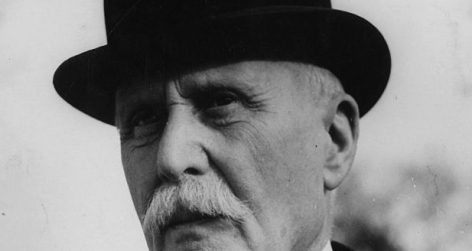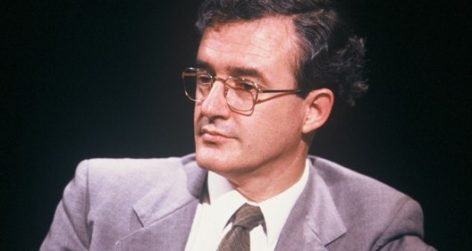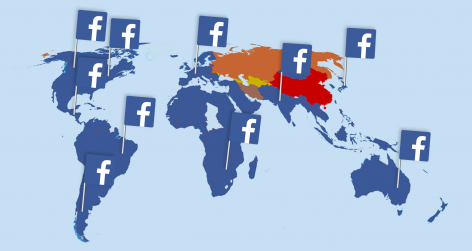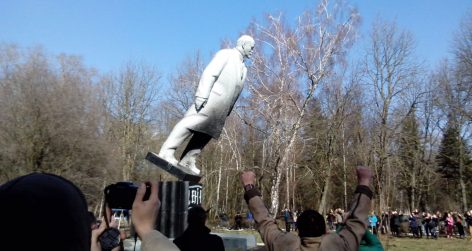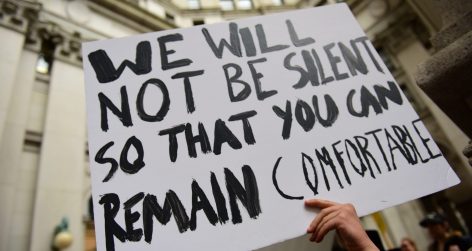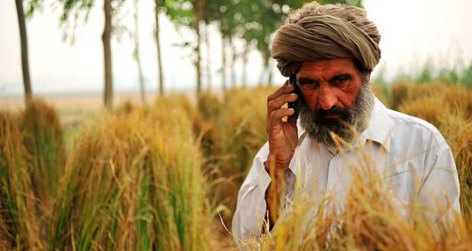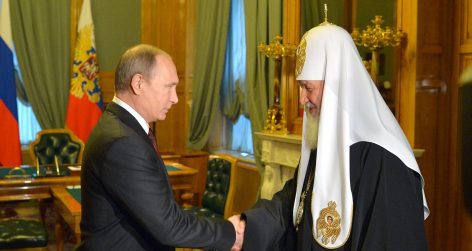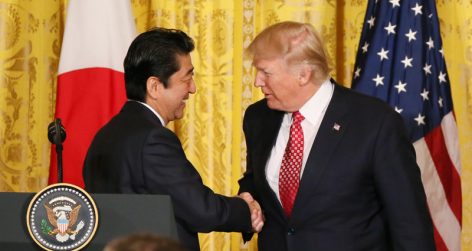We must distinguish between legitimate and illegitimate safe spaces, argues Eric Heinze.

University ‘safe spaces’ have become creepy. What started as a harmless practice has turned sinister.
I first learned about safe spaces in 2015 when Judith Shulevitz described a facility at America’s prestigious Brown University which “intended to give people who might find comments ‘troubling’ or ‘triggering’ a place to recuperate.” The room “was equipped with cookies, coloring books, bubbles, Play-Doh, calming music, pillows, blankets and a video of frolicking puppies.”
If the spaces were intended as sanctuary from the political cut-and-thrust, that certainly didn’t last long. Pundits soon howled against the infantilisation of university students. Sheltering students from the real world, they cried, is no way to educate them. It was also around that time that ‘snowflakes’ started to refer to people instead of the weather.
Safe spaces originally met a valid concern, supporting vulnerable students, such as rape victims. Shulevitz probed the Brown facility not because a room was reserved for vulnerable students but because it had been set up in response to a controversial event. The libertarian feminist Wendy McElroy was visiting to deliver a lecture denouncing theories of ‘rape culture’.
Why object to students gathering to blow bubbles or draw in colouring books? Critics certainly don’t worry about student swim teams or singing clubs. And if we’re worried about infantilisation, US-style fraternities are hotbeds of it. Critics rightly express concern about a paternalism that would impose pre-sanctioned views upon students. But they must follow their own credo. Safe spaces may not do students much good but that’s not a choice others have any business making for them.
Students must retain the prerogative to visit such facilities as part of their own exercise of free expression and association. Safe spaces of that type clearly pass any serious free speech criteria. They may well raise pedagogical questions about the rise of therapeutic culture on our campuses but raise no civic concern about free expression.
Unfortunately, that originally innocuous policy has come to signify something altogether more alarming. Instead of being a discrete meeting place within the campus, all campus venues have increasingly been policed as ‘safe spaces’. According to The Evening Standard, King’s College London hired paid marshals not only to patrol speaking events but even to evict speakers or participants appearing to breach campus speech codes. The guest at one event turned out to be not Josef Goebbels or Pol Pot but the rather more mundane Jacob Rees-Mogg MP, who could scarcely foment uproar at Claridges, let alone at King’s.

Official portrait of Jacob Rees-Mogg MP. (Photo by Chris McAndrew under a Creative Commons Attribution 3.0 Unported license) Image link: http://bit.ly/2icklle
Surely universities would train such ‘marshals’ to intervene only in rare instances? Perhaps. Still, the role confers an inevitable discretion to decide what counts as a breach, a question often perplexing the most trained jurists. And yet if speakers and audiences simply follow the rules, then surely they should have nothing to fear? We’ve certainly heard that argument before.

The advertisement for the role of a safe space marshal at King’s College London. Source: kclsu.org.uk
Safe spaces in the original sense of discrete, designated meeting rooms, pose no threat at all to others’ free expression. But when the policy becomes a campus-wide, no-platforming dragnet, directed not only at speakers but even at audience participants, the picture completely changes. Suddenly ‘safe space’ becomes merely another Orwellian synonym for ‘censor’.
Particularly pernicious is the abuse of the concept of safety. Western university campuses are often large, open environments. They cannot be rendered wholly free of danger, but generally maintain security infrastructures, readily augmentable for a controversial event. Many people in our world have confronted devastating violence. To them, most Western university campuses would seem celestially serene.
It degrades the meaning of ‘unsafe’ to label as such a controversial speaking event conducted in a protected campus environment. And yes, even when the claim is brought by individuals who have personally known such misfortunes. Their experiences ought to promote awareness and dialogue but this hardly makes them instant authorities on whether a controversial discussion renders the campus ‘unsafe’. The victim of injustice may unquestionably stand as a witness to history, but does not become history’s final arbiter.
No threat to safety arises simply because a student dislikes a controversial viewpoint. Might some political ideas be dangerous if acted upon? Of course. That’s the nature of political oratory, including plenty of speech which never worries the no-platformers when it happens to promote their own politics. But to call sheer discussion a safety threat is the oldest trick in the censor’s bag.
Campus members facing plausible safety threats should contact campus staff, security, or the local police. However, persons claiming to ‘feel unsafe’ in order to silence discussion need to think again about what ‘safety’ means. We must draw a very sharp line between the original, perfectly benign role of safe space policies and their newer, entirely illegitimate applications.
Eric Heinze is professor of law and humanities at Queen Mary University of London. His most recent book is Hate Speech and Democratic Citizenship.
